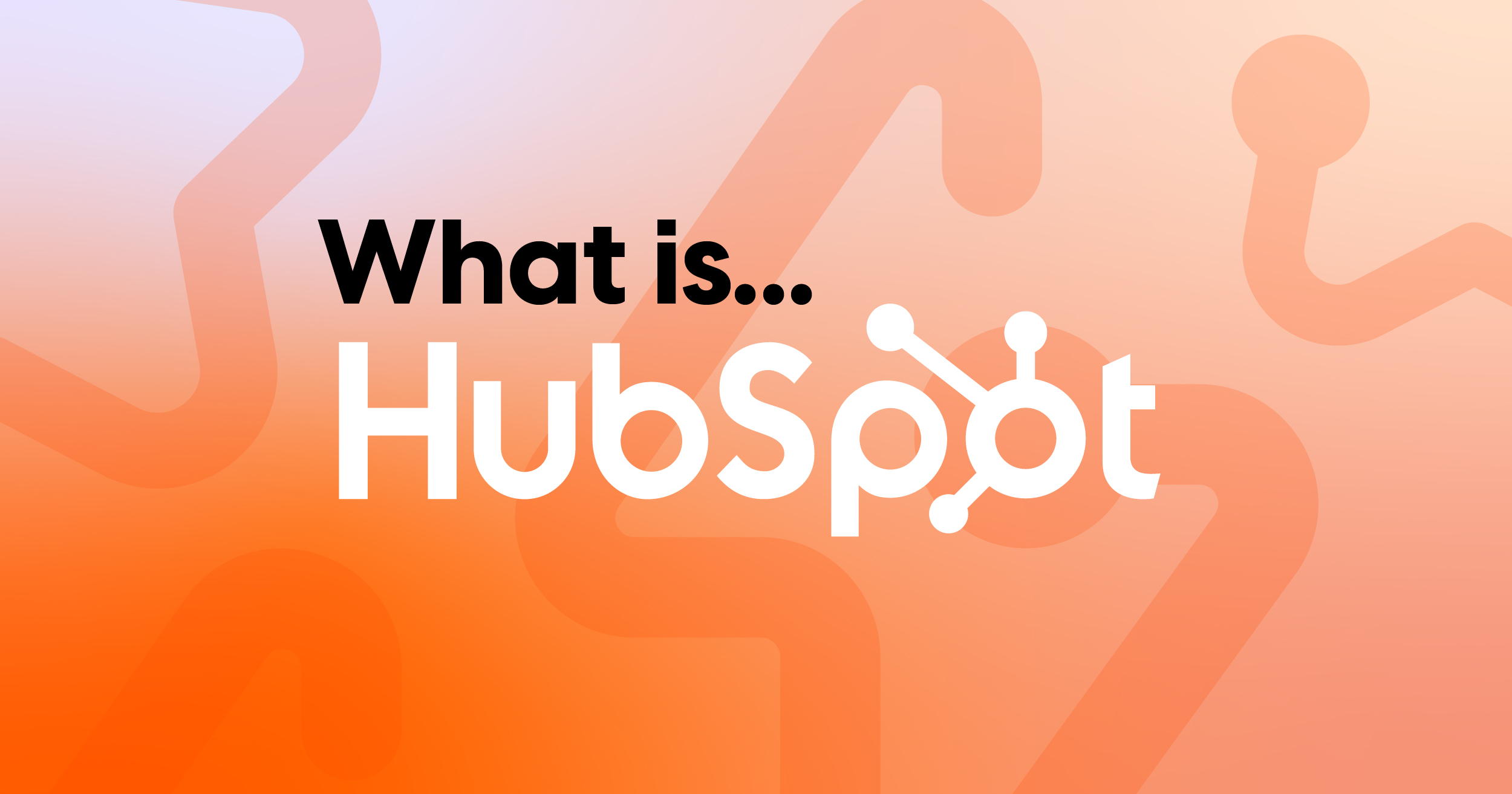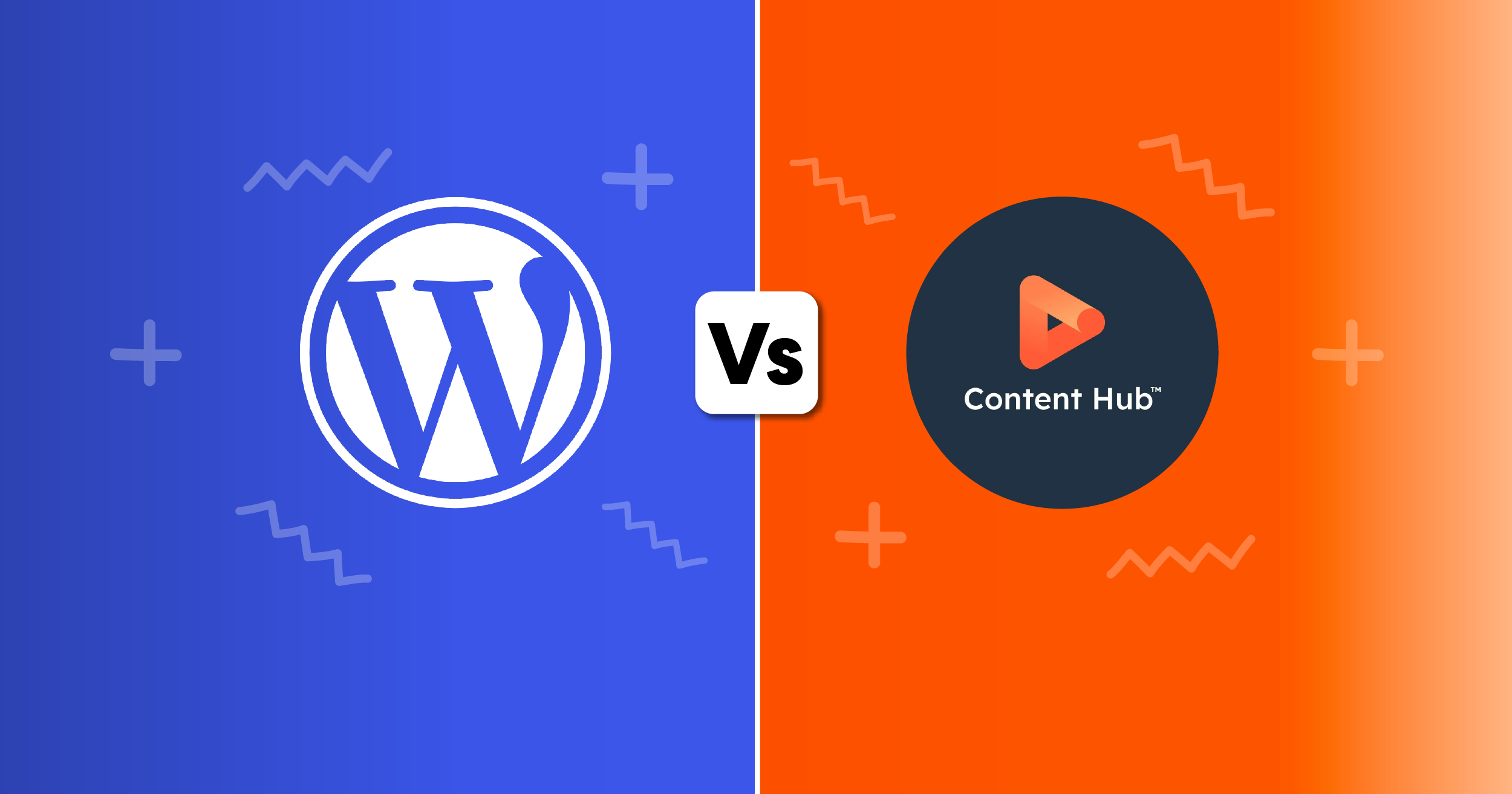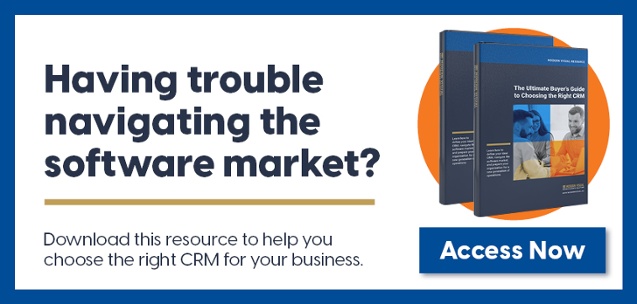
How software can supercharge your business performance
Software has become an essential tool for businesses of all sizes seeking to boost efficiency, productivity and overall success. By automating tasks, providing invaluable insights and enhancing customer satisfaction, software can be a game-changer for your business. This blog post will show you how to increase your productivity and efficiency by improving your software capabilities.
Chances are, you’re already using a number of 1, 10 or 20+ tools to run your business. Accounting, Sales, Marketing, Service… the list goes on and every department needs some form of software to operate. Once you have a number of software tools, it’s time to optimise your business even further by using integrations. 
And, if you’re still using excel and are buried in paper trails, this will be even more beneficial to you, because - you can use software to overcome challenges.
Think less human error, no more chasing orders and you can say goodbye to time consuming data entry.
Quick Links
- Unify your business operations with your tech stack
- How a CRM benefits from centralised data
- Optimising your tech stack with integrations
- 5 ways software can enhance your business performance

"A well-integrated tech stack centred around a robust CRM, empowers businesses to deliver exceptional customer experiences, increase efficiency and drive revenue."
"By leveraging technology to automate processes, streamline operations and gain valuable insights, you can unlock your full potential and achieve sustainable growth."

Lochlan Ross, our Lead Solutions Engineer at Modern Visual.
Unify your business operations
with your tech stack
Connecting all of your software together enables your business to be unified. It reduces siloed departments and streamlines all of your processes.
If you have multiple software applications, you will want to connect them via a CRM. Think of your CRM as the heart of your business, with all your tools, processes and operations running from it. Every tool, software and platform you use to run your business is a part of your tech stack. You can optimise your tech stack (all your software platforms) via integrations.

Step 1: Analyse your tech stack (what tools/software do you use to run your business, are these efficient and effective in reaching your goals?).
Step 2: Centralise all your data with your CRM to have one source of truth.
Step 3: Optimise your tech stack with integrations and improve efficiency by reducing friction and streamlining your processes.
Centralised Data and CRM: A Perfect Match
A Customer Relationship Management (CRM) system is essentially a centralised repository of customer data. It brings together information from various touch points – sales, marketing, customer service – into a single, unified platform.
How a CRM benefits from centralised data

- 360-degree customer view: A CRM provides a comprehensive view of each customer, encompassing their interactions, preferences, purchase history and support inquiries. This holistic understanding empowers you to tailor your offerings and communications effectively.
- Improved sales efficiency: Sales teams can access essential customer information quickly, enabling them to prioritise leads, close deals faster, and increase sales productivity.
- Enhanced customer service: Support agents can access customer history and preferences, leading to faster resolution times, increased customer satisfaction and reduced churn.
- Effective marketing campaigns: By analysing customer data, businesses can segment their audience, personalise marketing messages and optimise campaigns for better ROI.
- Data-driven decision making: CRM data can be used to identify trends, measure performance, and make informed business decisions. For example, understanding customer buying behaviour can help businesses develop new products or services.
In essence, a CRM system transforms raw data into actionable insights, driving business growth and customer loyalty. By centralising customer information, businesses can create a more efficient, customer-centric organisation.
Optimising your tech stack with integrations
Integrations are the glue that binds your tech stack together, creating a cohesive and efficient system. By connecting different software applications, you can streamline workflows, improve data consistency and unlock new capabilities.
Think of your tech stack as a team of experts supporting your CRM.

- Data is the fuel: Tools collect data from everywhere – your website, social media, emails – and feed it into the CRM. It's like gathering information from different departments to create a complete picture of your customers.
- Automation is the assistant: Software can handle repetitive tasks like updating customer information or sending follow-up emails, freeing up your team to focus on more important work.
- Intelligence is the strategist: Smart tools analyse the data in your CRM to spot trends, predict customer behaviour and suggest the best actions. It's like having a data analyst working 24/7.
- Customer interaction is the frontline: Tools like live chat and email integrate with your CRM, providing a seamless customer experience and capturing valuable information.
Your CRM enhances your tech stacks capabilities. It helps you make better decisions, improve efficiency and deliver exceptional customer service. By working together, these tools create a powerful system that drives business growth.
5 ways software can enhance
your business performance
1. Improve operational efficiency through software
- Automate repetitive tasks: Free up your team to focus on strategic initiatives by automating routine tasks. Marketing automation, Sales lead nurturing, Service automation.
- Streamline workflows: Identify and eliminate bottlenecks to improve overall efficiency.
- Reduce errors: Minimise human error with automated systems, ensuring accuracy and consistency.
- Centralise data: Organise and access information easily for better decision-making.
2. Accelerate data-driven decisions for growth
- Uncover trends: Leverage data analytics to identify patterns and trends in your business.
- Predict future outcomes: Make informed decisions by forecasting future trends.
- Measure performance: Track key performance indicators (KPIs) to monitor progress and identify areas for improvement.

3. Elevate your customer experience
- Personalise interactions: Deliver tailored experiences based on customer data to increase satisfaction.
- Build stronger relationships: Use CRM software to manage customer interactions and foster loyalty.
- Empower customers: Offer self-service options to reduce support costs and improve customer satisfaction.
4. Boost your bottom line
- Cut costs: Streamline operations and automate tasks to reduce expenses.
- Increase revenue: Enhance sales and marketing efforts to drive growth.
- Improve financial management: Gain insights into financial performance with specialised software.
5. Stay ahead of the competition
- Adapt quickly: Embrace technology to respond swiftly to market changes.
- Innovate: Develop new products and services to gain a competitive edge with your software data.
- Leverage technology - stay ahead of the curve by adopting the latest software solutions:
Examples of software solutions

- ERP systems: Integrate various business functions for improved efficiency.
- CRM software: Manage customer relationships to enhance sales and retention.
- Marketing automation: Optimise marketing campaigns for better ROI.
- Supply chain management software: Streamline operations and reduce costs.
- Human resources management software: Manage HR processes to boost employee productivity.
By harnessing the power of software, businesses
can achieve significant performance improvements.
Don't stop now. Keep learning
 What is HubSpot? A Complete Guide for Enterprise Businesses
If you’ve ever felt like your marketing, sales and service tools are scattered across too many...
What is HubSpot? A Complete Guide for Enterprise Businesses
If you’ve ever felt like your marketing, sales and service tools are scattered across too many...
 How to clean data in Excel before Switching CRMs
Excel can be a powerful tool for cleaning data before migrating to a CRM system. Many businesses...
How to clean data in Excel before Switching CRMs
Excel can be a powerful tool for cleaning data before migrating to a CRM system. Many businesses...
 WordPress vs Content Hub (HubSpot)
How to pick the right platform for your business: Both WordPress and Content Hub are powerful...
WordPress vs Content Hub (HubSpot)
How to pick the right platform for your business: Both WordPress and Content Hub are powerful...





